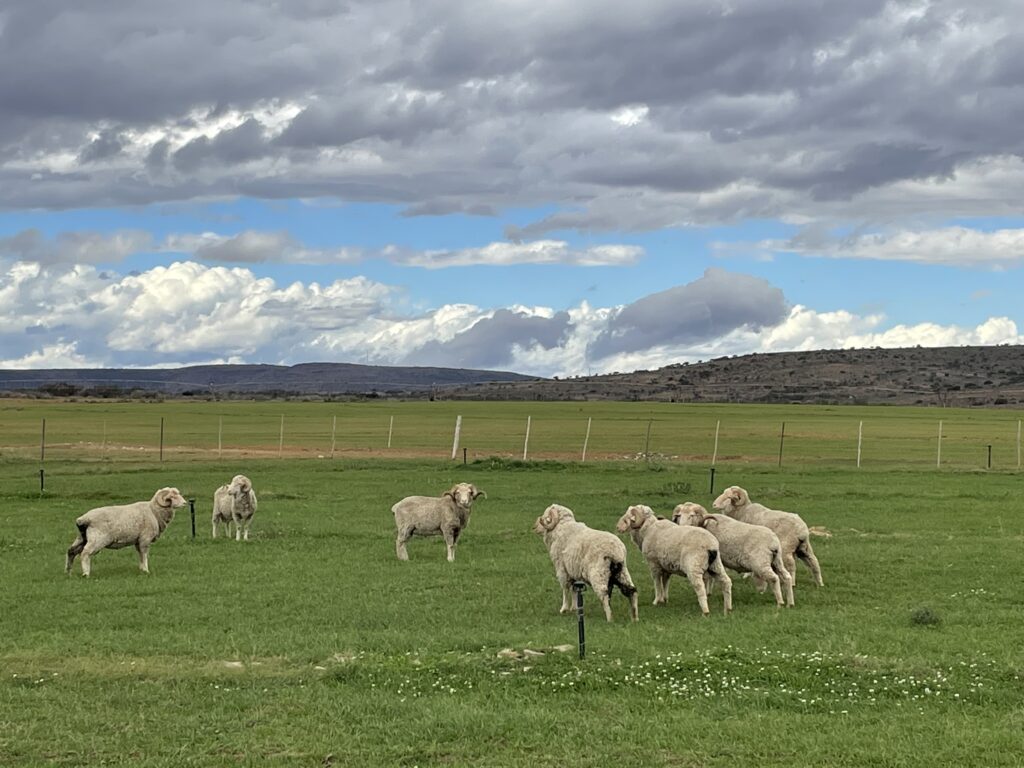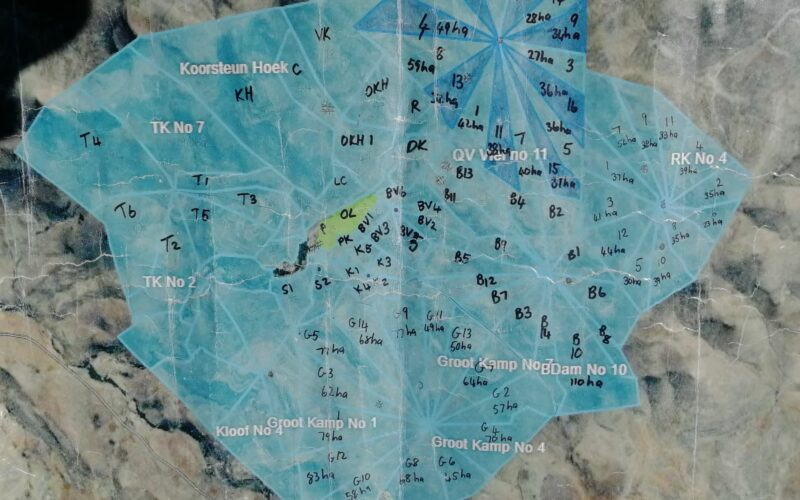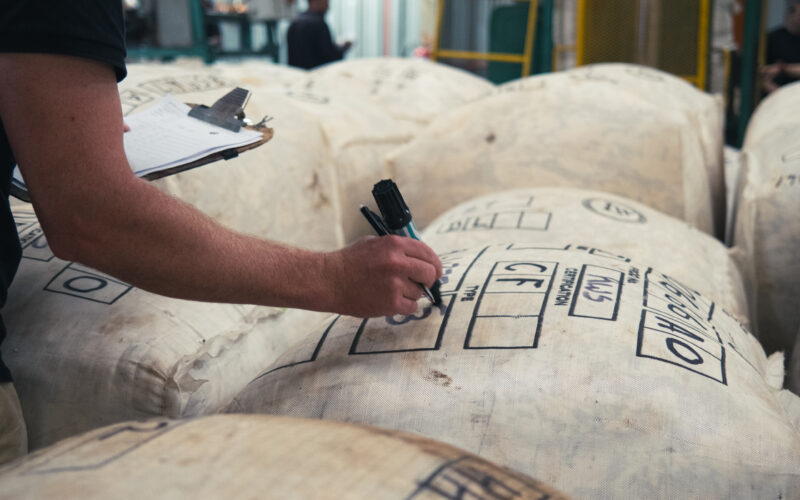For thousands of years, sheep wool has been used by people for clothing and protection, long before the appearance of the textile industry. In the last century, man developed artificial textile fibres to meet these same needs. Wool, a natural fibre from sheep, is still highly appreciated in the fashion and textile industries.
Let’s find out more about the history of wool, how it has changed over time and where it is today.
The origins of sheep wool
The origins of wool go back to the Middle East. Sheep are all descended from a wild ancestor, the oriental mouflon. This animal with its red coat and curled horns still lives in the Near and Middle East.
Archaeological findings suggest that the first humans, having discovered the insulating and breathing properties of wool, began domesticating sheep over 10,000 years ago. Over the centuries, wool became an essential ingredient in the manufacture of fabrics and clothing.


Wool, from the Middle Ages to the present day
In the Middle Ages, wool played a central role in the economy, with the manufacture of woollen sheets prized for their quality and durability. England, France and Flanders became the main producers and exporters of wool.
The Industrial Revolution and mechanisation gave wool a new lease of life in the 19th century. The appearance in Great Britain of the first spinning and weaving machines made it possible to transform wool into yarn, greatly increasing its uses.
The sheep wool trade, which was very prosperous in the 19th century, suffered an initial slowdown when silk and cotton cultivation expanded. And it was in the 20th century, with the arrival of man-made synthetic fibres based on oil (polyester, nylon, acrylic, etc.) that the wool market stopped growing. The proportion of natural materials (wool, cotton, linen, etc.) fell from 95% in 1960 to around 30% in 2020.
Wool nowadays
Today, wool, and Merino sheep wool in particular, still plays a key role in the textile industry. Appreciated for its insulating properties and its ability to regulate temperature, it has a wide range of uses, from clothing to interior decoration (carpets, rugs, curtains), but also in the building area and aeronautics industries.
To meet today’s challenges, sheep wool is a sustainable choice for the environment, but also for our well-being. A naturally renewable fibre, it is biodegradable and recyclable, making it an ideal ecological material for our textiles.
Yet it accounts for only 1% of the textile fibres produced worldwide. The new French and European regulations on the environmental labelling of our garments should help guide consumers towards textiles made from natural, renewable fibre such as wool, which also require fewer washes and do not release micro plastics.
From prehistoric times to the present day, sheep wool has stood the test of time, adapting to the needs of each era. Even today, its unique natural properties make it an invaluable material for the manufacture of our textiles, while meeting environmental and social challenges.




